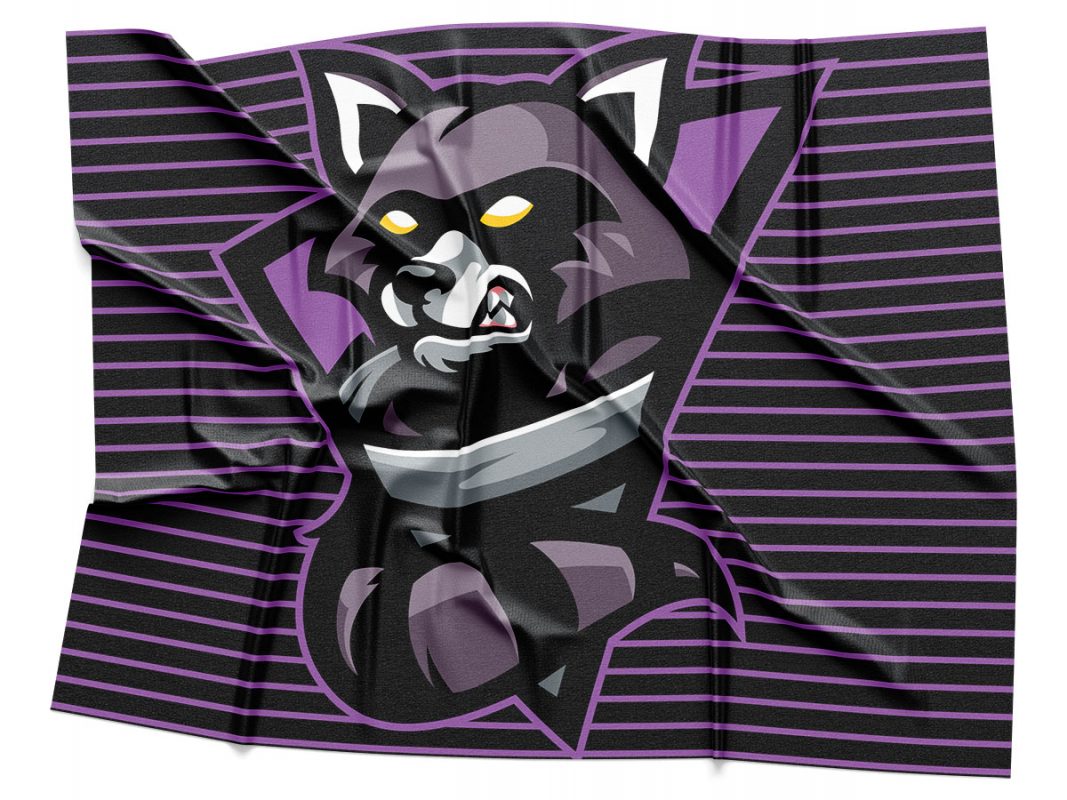General
Dye Sublimation vs. Screen Printing
If you’re looking for a printing method for your next project, you may have come across two popular options: dye sublimation printing and screen printing. Both methods have their own strengths and weaknesses, and it’s important to understand the advantages of each to determine which is the best fit for your needs. In this post, we’ll discuss the advantages of dye sublimation printing and screen printing, and how they differ.
Advantages of Dye Sublimation Printing
Dye sublimation printing is a process that involves printing an image onto a transfer paper using a dye-based ink. The transfer paper is then placed onto the substrate (usually fabric), and heat is applied to transfer the dye onto the material. Here are some advantages of dye sublimation printing:
- High-quality prints: Dye sublimation printing produces high-quality prints with vibrant colors, sharp details, and smooth color gradients. The dye molecules penetrate the fibers of the substrate, resulting in a long-lasting and durable print.
- Versatile printing: Dye sublimation printing can be used on a variety of substrates, including polyester fabrics, hard materials such as ceramics, metal, and plastic, as well as soft signage and flags.
- No minimum order quantity: Dye sublimation printing is suitable for small orders or even single prints, making it ideal for customized or personalized products.
- Long-lasting prints: Dye sublimation prints are durable and can withstand washing, fading, and cracking better than screen prints, making them ideal for products that will be used frequently.
Advantages of Screen Printing
Screen printing is a process that involves using a stencil (or screen) to transfer ink onto the substrate. Here are some advantages of screen printing:
- Cost-effective: Screen printing is a cost-effective method for producing large quantities of prints. It’s also a good option if you have a limited budget for your project.
- Variety of inks: Screen printing can use a variety of inks, including metallic, glow-in-the-dark, and neon inks, which are not available in dye sublimation printing. This allows for more creative possibilities when designing your prints.
- Wide range of substrates: Screen printing can be used on a wide range of substrates, including textiles, paper, plastics, and metals. This makes it a versatile option for printing on a variety of products.
- High opacity: Screen printing inks can be applied thickly, resulting in a high level of opacity, which makes them ideal for printing on dark-colored substrates.
Which Printing Method is Best for Your Project?
Now that you know the advantages of each printing method, you may be wondering which is the best fit for your project. Here are some general guidelines:
- If you’re looking for high-quality, durable prints for a variety of substrates, dye sublimation printing is likely your best option.
- If you’re printing a large quantity of items with a limited budget, screen printing is likely your best option.
- If you’re looking for a specific type of ink, such as metallic or glow-in-the-dark, screen printing is likely your best option.
- If you’re printing on dark-colored substrates, screen printing is likely your best option.
In conclusion, both dye sublimation printing and screen printing have their own advantages and can be used for different projects. By understanding the strengths of each, you can make an informed decision on which method is best for your needs.


